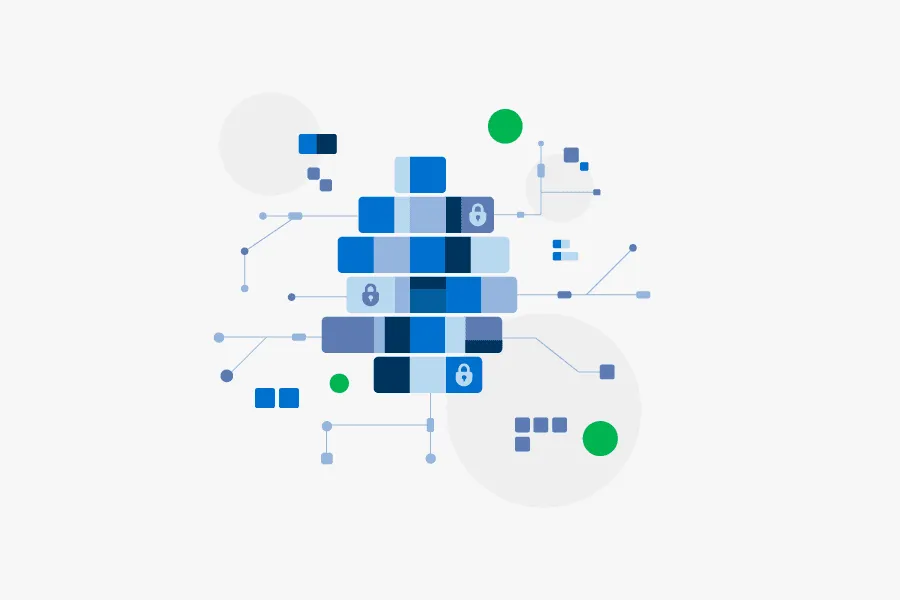Automation and Third-Party Risk: Lessons From the Gartner Security and Risk Management Summit

The Recorded Future team attended the Gartner Security and Risk Management Summit in National Harbor, Maryland recently, and we noticed a shift in the way security professionals are viewing their roles and responsibilities.
As cybersecurity threat actors are continuing to evolve their techniques and tools, so must security professionals. And now more than ever before, strong cybersecurity protection is imperative. The risks associated with a data breach have real-world business impact, so the work of security teams is being tied more closely to business performance and value. Security professionals are beginning to ask themselves, “How can I manage security and risk, while also enabling value growth for my organization?”
But even with this shift in thinking, one thing remains the same: there’s a still a cybersecurity skills shortage, adding to the difficulty that security teams are facing when trying to expand their roles and responsibilities. So how can security teams begin to prioritize high-value work? Gartner offered a solution: automation.
Automation Helps Fill the Skills Gap
Automation may seem like an obvious solution, but it’s also easier said than done. Depending on the security team’s resources in terms of time, labor, and expertise, their ability to use automation effectively will vary — and that’s okay. In fact, some things may always require manual work, but that doesn’t discount the value that automation could bring to certain aspects of cybersecurity processes. If implemented correctly, automation can reduce human error, increase productivity, reduce costs, and most importantly, make for happier employees who get to work on more interesting and impactful projects.
You may be wondering, “How do I implement automation correctly?” Start by understanding your ecosystem: people, processes, and technology. Without a clear understanding of how all of these puzzle pieces come together, you won’t understand the full effects of changing a workflow by implementing an automated process or new solution. Once that’s understood, then you can begin to prioritize projects based on their potential business impact. Consider these project examples from the Gartner list “Top 10 Security Projects for 2019.”
The State of Incident Response
For most security teams, collecting contextual data related to an incident is still time-consuming and results in incomplete data sets when relying on multiple free or public sources of information. And according to recent research, more than a third of security incidents take weeks to detect and sometimes months to remediate. In addition, analyst notes and investigation outcomes are not centralized with other intelligence, leading to duplicative work, inefficiency, and missed opportunities to reduce risk.
One solution to this problem is automatically integrating external threat intelligence into your existing incident response processes and technology to help your team quickly understand the scope of incidents, improve response time, and ultimately, reduce damage to the business.
Recorded Future’s threat intelligence solution provides real-time access to contextualized threat intelligence, along with advanced search capabilities, to enable your team to quickly understand threat actor motives, methods, and targets. Additionally, Recorded Future seamlessly integrates analyst notes, whitelists, and blacklists with rich threat intelligence so that current and historical data is tracked in one place, eliminating duplicate work and enabling knowledge sharing.
Third-Party Risk Management With Security Ratings
In today’s interconnected business world, you’re only as secure as your weakest link — and it’s estimated that more than half of all organizations have suffered data breaches through vulnerable third parties. However, third-party risk management data is typically collected via questionnaires or reports, which get stale and don’t alert to changes in security posture.
The manual processes involved in assessing and mitigating third-party risk, especially for organizations with a large third-party ecosystem, isn’t working anymore. An automated way to gather information, understand the context of what’s being considered, and speed up the decision-making and evaluating processes is needed. Additionally, it’s imperative to identify changes in the security posture of your ecosystem partners as soon as those changes happen to effectively mitigate any risks to your organization.
That’s where Recorded Future comes in. Recorded Future collects and analyzes data from the widest breadth of sources in real time, delivering comprehensive risk intelligence and scoring about companies. Recorded Future can also alert you to changes in a third party’s security score, so you continuously monitor with no manual work by your team.
Learn More
Enabling business value while also managing security and risk has never been easier, thanks to new technologies and automation capabilities. For more information about how Recorded Future help your security team drive business value (such as a 284% ROI) and more efficient processes, download our e-book, “5 Ways to Reduce Your Risk Profile and Maximize Security Team Efficiency With Recorded Future.”
Related